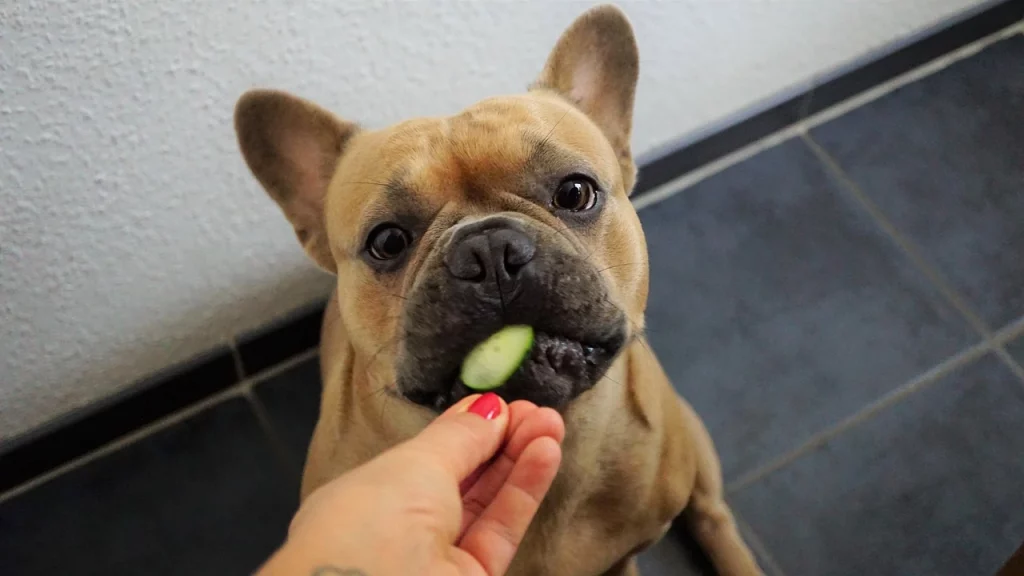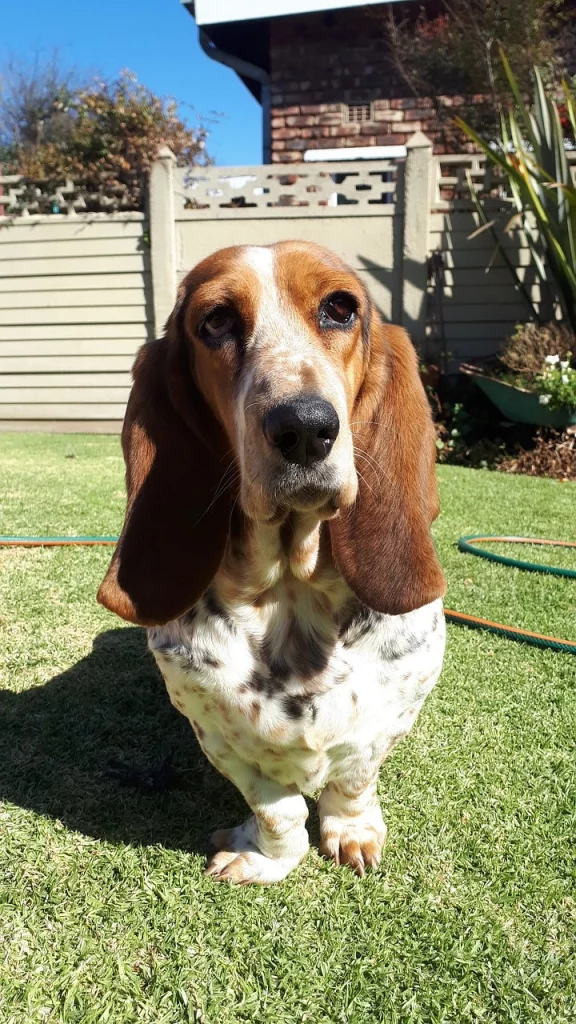Owning a dog can be one of life’s greatest joys, but it also comes with its own set of responsibilities. While some dog breeds are naturally high-energy and require a lot of exercises, others are more laid-back and prefer to spend their days lounging on the sofa.
These breeds are often referred to as “lazy” dog breeds, but that doesn’t mean they don’t need proper care and attention. All pet owners need to understand the specific needs of their furry friends, but lazy dog breeds require extra attention when it comes to their mental and physical health.
Understanding what makes them unique is key to ensuring they live happy and healthy lives. So let’s take a closer look at what we mean by “lazy” dog breeds and why it’s so important to understand them.
What is Lazy Dog Breeds?
Lazy dog breeds are typically those that were bred for purposes other than high-energy activities like hunting or herding. Instead, these dogs were bred for companionship or other low-energy tasks such as guarding the home or providing warmth on cold nights. These types of dogs tend to have lower energy levels and prefer sleep over playtime.
Examples of lazy dog breeds include Basset Hounds, Bulldogs, Shih Tzus, Pugs, and many more. While these dogs may not be running around all day like their more energetic counterparts, they still provide companionship and affection just like any other breed.
Understanding Lazy Dog Breed‘s Mental And Physical Health
Even though lazy dogs don’t need as much exercise as other breeds, they still need to be mentally stimulated to avoid getting bored. If they get bored, they might bark too much or chew things they shouldn’t. Lazy dogs might also get fat if they don’t get enough exercise or eat unhealthy food. If you take care of a lazy breed dog, it’s important to know what their needs are so you can take care of them the best. This way, they’ll be happy and healthy!
From providing stimulating toys and activities to monitoring their diet and exercise, there are many ways to keep these lovable pups healthy and happy. With the right care, lazy dog breeds can live long, fulfilling lives as beloved members of your family.
The Nature of Lazy Dog Breeds
Lazy dog breeds are dogs that are pretty relaxed and calm. They’re different from the dogs that are active and hyper all the time. If you don’t like a lot of noise or excitement, then a lazy dog breed might be perfect for you as they have a more relaxed personality and are calmer overall.
However, it’s important to note that every dog is unique, and some lazy dog breeds may have a higher energy level than others. One thing to keep in mind is that just because a breed is considered “lazy,” it doesn’t mean they don’t require any mental stimulation or exercise.
All dogs need some form of physical activity and brain exercise to remain healthy and happy. Understanding your dog’s temperament is the first step towards providing them with the right kind of mental stimulation they need.
How to Keep Lazy Dog Breeds Mentally Stimulated
Keeping your lazy dog mentally stimulated can be as simple as providing them with toys or puzzles that challenge their minds. Interactive toys like treat-dispensing balls or puzzle games can help keep your dog engaged while also satisfying their natural desire to chew and play.
Training your lazy dog can also be an effective way to stimulate their mind. Teaching them new tricks or basic obedience commands not only provides mental stimulation but also strengthens the bond between you and your pet.
Common Behavioral Issues of Lazy Dog Bread
If lazy dogs don’t get enough to do or exercise, they can have some problems with their behavior. They might chew on things they’re not supposed to, bark too much, or even feel really sad when you leave them alone. To help lazy dogs with these issues, pet owners can try and find out why they act that way. If the root cause is found, then you can take steps to improve the behavior.
If your lazy dog is destructive because they are bored, providing them with toys or puzzles can help redirect their energy towards something positive.
Another way, crate training or leaving them with a trusted pet sitter can help ease their anxiety while you’re away. Understanding your lazy dog’s temperament and providing them with the appropriate mental stimulation and exercise can help prevent these common behavioral issues from arising.
Physical Health of Lazy Dog Breeds

Lazy dog breeds are named that way because they don’t have high levels of energy. They’re happy to hang around and relax, which is fine. However, if they don’t move enough, they might get fat and have some other health problems like sickness.
Despite their aversion to exercise, it’s important to keep them active for their physical and mental well-being. However, this doesn’t mean you have to take them on five-mile runs every day.
Instead, choose low-impact exercises that they enjoy such as leisurely walks or playing fetch in the backyard. It’s also important to gradually increase their activity level over time so they don’t become overwhelmed by too much exercise too quickly.
Common health issues with inactivity
If lazy dog Breeds don’t exercise enough, they can get sick. Being lazy can make things worse and they might become overweight, have pain in their bones, or get heart sickness. This is more common in lazy dog breeds as they don’t burn fat easily due to their low metabolism.
Inactivity can also lead to mental health issues such as anxiety and depression. Dogs need mental stimulation just as much as physical exercise and without it, they may become bored or frustrated which can manifest in destructive behavior.
Keeping Lazy Dog Breeds Physically Healthy
To keep your lazy dog breed physically healthy, it’s important to establish a regular exercise routine that works for both you and your pet. Start with short walks or play sessions and gradually increase the length and intensity over time. or you can read a very detailed article on How to Keep Your Lazy Dog Healthy and Happy.
You should also monitor your dog’s weight closely by measuring out food portions according to their size and nutritional needs. Providing them with a balanced diet that includes plenty of protein will help maintain muscle mass while keeping them satiated.
Consider incorporating toys that encourage movement into your dog’s daily routine such as puzzle feeders or interactive toys that require physical activity to access treats.
By taking these steps, you can ensure that your lazy dog breed stays healthy and happy for years to come.
Nutrition for Lazy Dog Breeds

Just because your dog is lazy doesn’t mean they don’t need a balanced diet. Maintaining a healthy diet is crucial for any pet’s overall health and well-being. When it comes to lazy dogs, however, it’s important to consider their lower activity levels.
Make sure you’re feeding your dog a high-quality dog food that has all the essential nutrients they need. Look for food that has plenty of protein, vitamins, and minerals.
Avoid food that contains fillers or artificial ingredients. If you’re unsure what to choose, consult with your veterinarian who can recommend the best food based on your dog’s specific needs, or check a high-quality dog food on a website like Amazon or Chewy.
Recommended Food Portions for Inactive Dogs
Since lazy dogs aren’t burning as many calories as active dogs, it’s important to adjust their portion sizes accordingly. Feeding them too much can lead to obesity and other health problems.
To determine how much you should be feeding your lazy dog, check the label on their food bag for recommended daily serving sizes based on weight and age. You can also use an online calorie calculator designed specifically for dogs to help you calculate their exact needs.
Nutritional Supplements Help Lazy Dog Bread’s Health
Feeding your lazy dog a healthy diet with proper portion sizes, there are also nutritional supplements available that can help maintain their overall health.
One common supplement is omega-3 fatty acids which have been shown to promote healthy skin and coat while reducing inflammation in the body.
Another popular supplement is glucosamine which helps support joint health – particularly important for breeds prone to hip dysplasia or other joint issues.
Before adding any supplements to your pet’s diet, however, make sure you consult with your veterinarian first as some may interact with other medications or cause undesired side effects.
Grooming for Lazy Dog Breeds

Grooming your dog is an essential part of their overall health and well-being. While lazy dog breeds are known for being low maintenance, this does not mean that they do not require regular grooming.
However, Proper grooming helps prevent skin irritations, infections, and even respiratory problems caused by matted fur.
Additionally, maintaining good hygiene can help prevent bad breath and limit the spread of harmful bacteria. Regular grooming also presents an opportunity for you to bond with your lazy pup.
Brushing their coat can be a soothing activity that helps calm anxious dogs. Taking the time to groom your furry friend can help you detect any lumps or bumps on their body that may need veterinary attention.
Tips for Hair, Teeth, and Overall Hygiene
Maintaining a healthy coat is essential to keeping your dog healthy overall. Depending on the breed of your lazy pup, their fur may need different levels of attention. For example, breeds with long hair will need more brushing than short-haired breeds.
Regularly bathing your dog not only keeps it shiny but also helps remove loose hair which minimizes shedding around the home. It’s important to remember that oral hygiene is critical for dogs as well as humans.
Neglecting dental care can lead to bad breath and other health issues such as gum disease which puts unnecessary strain on vital organs such as the kidneys or liver. Prevent these issues by regularly brushing your dog’s teeth with pet toothpaste or providing them with dental chews or toys specifically designed for canine oral hygiene.
While lazy dog breeds are low-maintenance when compared to other high-energy breeds like Border Collies or Australian Shepherds; maintaining excellent hygiene should still be a top priority. By keeping their coats clean, teeth brushed, and overall hygiene in check, you can ensure that your lazy pup remains healthy and happy for years to come.
Conclusion
Lazy dog breeds may seem like a low-maintenance option for pet owners, but they require just as much attention and care as any other breed. It’s essential to understand their specific mental and physical health needs to ensure they live happy and healthy lives.
While these breeds may not be as active as other dogs, they still need plenty of exercise, mental stimulation, good nutrition, grooming, and hygiene.
Ensure they live happy and healthy
To keep your lazy dog breed happy and healthy, it’s vital to provide them with plenty of mental stimulation through interactive toys or puzzle games. Frequent walks or playtime will help keep them physically active without overwhelming them. Good nutrition is also crucial for maintaining their health.
Make sure you’re feeding them a balanced diet with appropriate portions based on their activity level. Nutritional supplements can help fill in any gaps in their diet or address specific health concerns.
By meeting the specific needs of your lazy dog breed, you’ll give them the best chance at living a happy, healthy life by your side!
Recommended Reading
- The Ultimate Guide to Shopping for Pet Supplies Online
- Simple Ideas to Keep Your Dog Busy and Happy Indoor
- 30 Simple Dog Treat Recipes: Easy Made And Quick










 Pet Toothpaste
Pet Toothpaste

